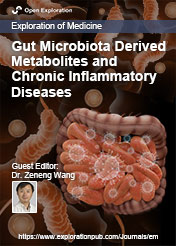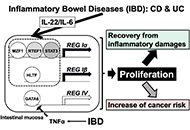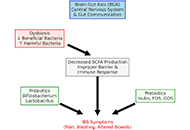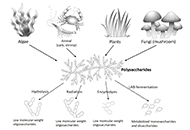
Gut Microbiota Derived Metabolites and Chronic Inflammatory Diseases
Guest Editor
Dr. Zeneng Wang E-Mail
Staff Scientist, Department of Cardiovascular & Metabolic Sciences, Lerner Research Institute, Cleveland Clinic, Cleveland, USA
Research Keywords: Gut microbiome, cardiovascular disease, atherosclerosis, metabolomics, mass spectrometry
About the Special lssue
Microbes inhabit human gut with a number reaching trillions, higher than the cell number composing human body and total genome size 150 times as long as human genome. Gut microbiota plays important roles in human health, which include maintaining gut barrier, helping digesting food, producing vitamins, preventing pathogen overgrowth and modulating human immunity as well. Gut microbiota is involved in synthesis of some bioactive metabolites, which circulate in human blood and are delivered to different target tissues, mediating the effects of gut microbiota. So gut microbiota is regarded as the largest endocrine organ. There are hundreds of gut microbiota derived metabolites reported. Some of them, such as short chain fatty acids, which are the fermented metabolites of dietary fiber, can maintain gut barrier, induce release of gut hormones, peptide YY (PYY) and glucagon like peptide 1 (GLP-1), to modulate satiety, energy harvest and fat storage and inhibit inflammation. Some of them, such as trimethylamine N-oxide, p-cresyl sulfate and indoxyl sulfate, show pro-inflammatory effects, leading to enhanced chronic inflammatory diseases. Recently gut microbiota metabolites of tryptophan, indole acetic acid and indole-3-propionic acid, have been reported to enhance sensitivity of chemotherapy against cancer. Targeting gut microbiota derived metabolites will become a strategy to treat chronic diseases. In this special issue, we will discuss the roles of gut microbiota derived metabolites in inflammatory chronic diseases, which will provide important clues to prevent and treat the diseases.
Published Articles



